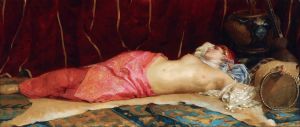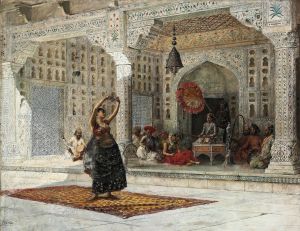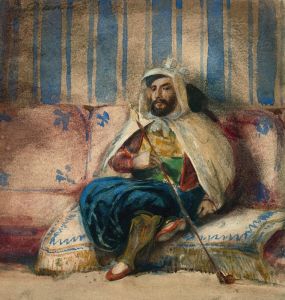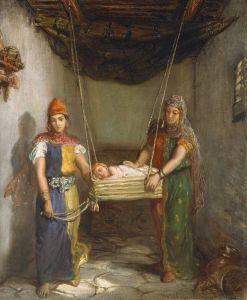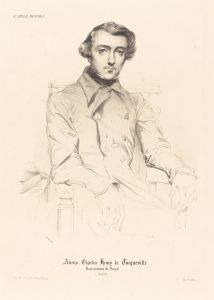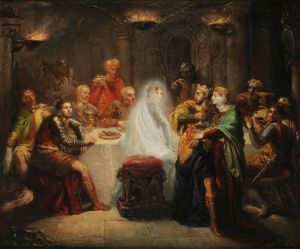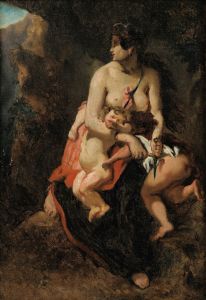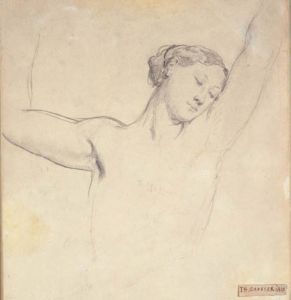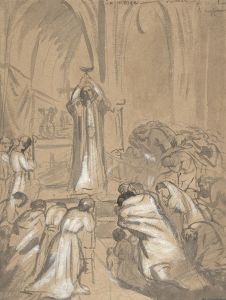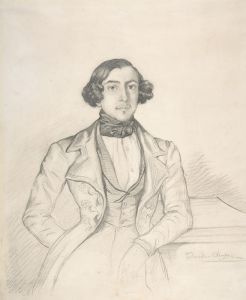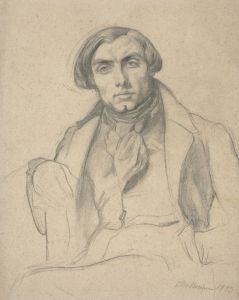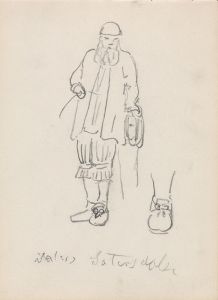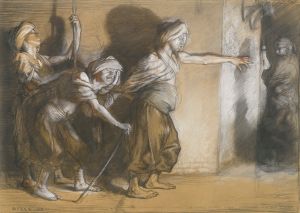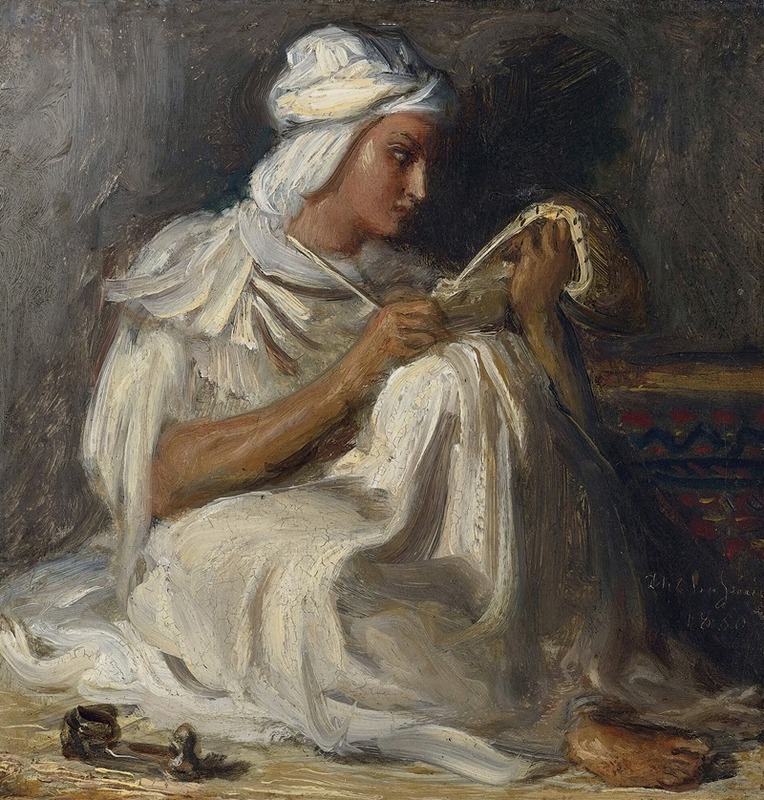
Petit Taleb
A hand-painted replica of Théodore Chassériau’s masterpiece Petit Taleb, meticulously crafted by professional artists to capture the true essence of the original. Each piece is created with museum-quality canvas and rare mineral pigments, carefully painted by experienced artists with delicate brushstrokes and rich, layered colors to perfectly recreate the texture of the original artwork. Unlike machine-printed reproductions, this hand-painted version brings the painting to life, infused with the artist’s emotions and skill in every stroke. Whether for personal collection or home decoration, it instantly elevates the artistic atmosphere of any space.
Théodore Chassériau (1819-1856) was a French Romantic painter known for his portraits, historical and religious scenes, and Orientalist works. One of his notable paintings is "Petit Taleb," which translates to "Little Student" or "Little Scholar." This painting is an excellent example of Chassériau's interest in Orientalism, a genre that romanticizes and depicts the cultures of the Middle East, North Africa, and Asia.
"Petit Taleb" was created in 1837 when Chassériau was only 18 years old. The painting showcases a young boy, presumably a student, dressed in traditional North African or Middle Eastern attire. The boy's clothing is detailed and colorful, featuring a turban and a robe, which are indicative of his scholarly status. The background is relatively simple, focusing the viewer's attention on the subject.
Chassériau's technique in "Petit Taleb" demonstrates his skill in capturing the delicate features and expressions of his subjects. The boy's face is rendered with soft, smooth brushstrokes, highlighting his youthful innocence and contemplative demeanor. The use of light and shadow in the painting adds depth and dimension, bringing the figure to life.
The painting reflects Chassériau's fascination with the exotic and the unfamiliar, a common theme among Romantic artists of his time. Orientalism was popular in 19th-century European art, influenced by increased travel and exploration in the East. Artists like Chassériau sought to capture the beauty and mystery of these distant lands, often idealizing and romanticizing their subjects.
Chassériau was a student of Jean-Auguste-Dominique Ingres, a prominent Neoclassical painter. However, Chassériau's style evolved to incorporate elements of Romanticism, characterized by emotional intensity and a focus on individual expression. "Petit Taleb" exemplifies this blend of Neoclassical precision and Romantic sensibility.
Throughout his career, Chassériau produced a diverse body of work, including portraits, historical scenes, and religious compositions. His interest in Orientalism was partly inspired by his travels to Algeria in 1846, where he was captivated by the culture and landscapes. Although "Petit Taleb" predates this journey, it foreshadows Chassériau's later works that delve deeper into Orientalist themes.
"Petit Taleb" is housed in the Louvre Museum in Paris, where it remains an important piece in the collection of 19th-century French paintings. The painting is appreciated for its technical mastery and its contribution to the Orientalist genre. Chassériau's ability to convey the humanity and dignity of his subjects continues to resonate with viewers today.
In summary, "Petit Taleb" by Théodore Chassériau is a significant work that highlights the artist's early talent and his interest in Orientalism. The painting captures the essence of a young scholar with sensitivity and finesse, reflecting the broader cultural fascination with the East during the 19th century. Chassériau's legacy as a Romantic painter is evident in this piece, which remains a testament to his artistic vision and skill.






